In a previous article, we discussed in depth what really causes cancer. My hope has been that if we truly understand what causes cancer, maybe someone might come up with an innovative approach that can cure cancer.
Current approaches to cure cancer fail because they all target killing cancer cells. These approaches are based on the belief that cancer cells are abnormal mutants and that cancer can be cured by destroying these cells. Unfortunately, this belief might be completely incorrect.
Several studies have shown that the so called “cancer cells” are actually normal cells that have got activated for healing a wound. Whenever we sustain an injury (let’s say- a cut on our finger), the surrounding cells transform to grow and cover that wound. Injury and healing are constant ongoing processes in literally every single cell in our body. Each breath we take causes some form of injury. Each morsel of food we eat injures our cells. Similarly, each time our heart pumps blood through our veins and arteries, the lining of these blood vessels suffer stress and subsequent injury. In fact, every thought that emanates from our brain potentially causes some form of injury. Medically, the process that causes these injuries is referred to as inflammation. And each such injury/wound is constantly getting repaired via normal wound healing mechanisms. These wound healing mechanisms work best when the site of injury is in a state of relaxation. Hence, if your finger gets a cut, you feel pain. Pain is the physiological mechanism that prevents you from moving or disturbing the injured part– allowing body’s healing mechanisms to work best. When bone of a leg breaks due to an accident, the orthopedician will get that limb immobile through plaster cast, so that healing can take place. This is also why sleep is referred to as the state where body conducts its repair functions optimally. This is the root concept driving practices of meditation and fasting.
Table of Contents
Tracing Origins of Cancer
So, how do the cells around a cut realize they have to grow? And how do the same cells understand when to stop growing? We discussed these in great detail in a previous article. But, know that if the cells fail to realize that they must stop growing, even after the injury has been healed, it will lead to cancer. Cancer is a result of normal wound healing process that has gone out of control.
A normal wound healing process (let’s say, our finger sustains a cut) looks something like this:
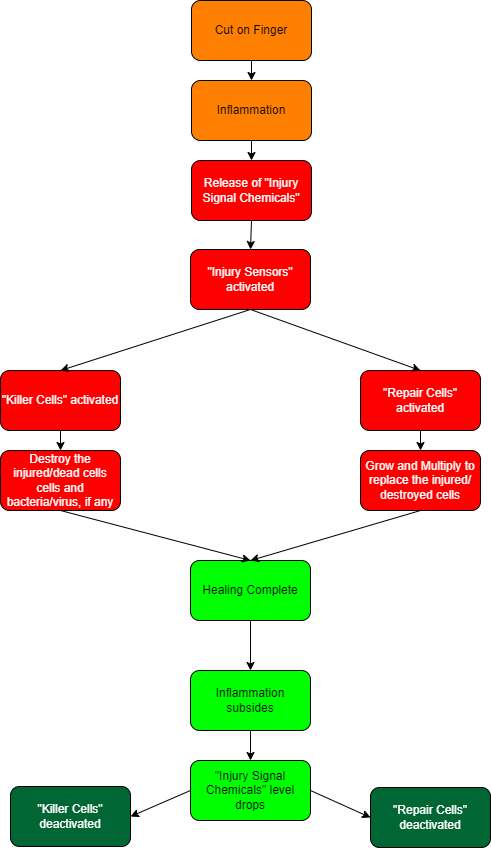
It should be logically apparent that this wound healing process can become cancerous if injury signal chemicals don’t disappear. If the injury signal chemicals keep bathing the site of injury, the repair cells just won’t stop multiplying and the killer cells just won’t stop attacking. There are two scenarios when this can happen (both scenarios can co-exist and one can trigger the other)
Scenario 1: There are excessive “injury signal chemicals” already present in blood
This can be due to accumulating unhealed injuries due to ongoing inflammation. Inflammation can be imagined as fire. Inflammation will cause damage. This damage gets repaired via our natural healing mechanisms. But with age, these healing mechanisms become inefficient. Thus, as body gets older and older, every time an inflammation occurs, some amount of this flame remains uncontrolled. And some amount of damage caused by this flame remains unrepaired. Each residual flame causes more damage. Each unrepaired damage further disables our ability to control inflammation. In short, as we keep aging, inflammation and damage due to this inflammation keep accumulating. The amount of injury signal chemicals flowing through our blood is directly proportional to the total amount of unrepaired damage. As a result, slowly but surely, the injury chemicals keep accumulating in our body and keep flowing throughout via blood.
Scenario 2: If the killer cells are excessively forceful and over-reactive
The “killer cells” can be imagined as mature soldiers who use optimal amount of force while killing unwanted cells at the site of injury. If the immune system is defective (and this can be due to aging, chronic diseases such as diabetes etc.), it can end up applying excessive killing force. Instead of shooting using pistols, what if the same soldiers are now using destructive bombs? This will not only destroy the unwanted cells, but will also injure normal cells leading to generation of more “injury signal chemicals”. These chemicals will then attract more “killer cells” and “repair cells” to arrive at the site of action. Repair cells will multiply proportionate to the level of “injury signal chemicals” at the site. The defective immune cells will continue using excessive force, leading to more “injury signal chemicals”, which will lead to further growth and proliferation of repair cells. Thus, it will lead to a never ending cycle (we will refer to this as “cancer loop”) leading to an uncontrolled growth of cells- which we call as cancer.
We now know that both scenario 1 and scenario 2 co-exist, both stimulating each other, leading to cancer.

Approaches To Cure Cancer
To logically deduce how we can treat cancer, we need to understand which are the critically important components here and how they interact. The wound healing process essentially has four major components. These are:
- Signals
- Killer cells
- Sensors
- Repair cells
Cancer can happen if:
# 1: There are excessive signals which do not stop
# 2: Killer cells over-react leading to excessive signals
# 3: Overactive sensors
# 4: Repair cells keep growing uncontrollably
Of these, we know for sure that #1 and #2 are the ones that trigger an unending cycle that result in #3 and #4. And this is where current treatment paradigms are inaccurate.
By killing cancer cells (using radiotherapy and chemotherapy) we are targeting #4. But they are not the real cause of cancer. And in doing so, we are exposing patients to dangerous side-effects that are often fatal. Many patients undergoing chemotherapy/radiotherapy targeted at killing cancer cells die due to side effects of such chemotherapy, rather than cancer itself. The amount of suffering caused by such chemotherapy/radiotherapy can be much more horrendous than cancer itself.
Some of the modern drugs target #1 and #3. But, the approach is inefficient and doesn’t work for long. This is because there are thousands of injury signal chemicals and thousands of similar sensors. We just know few of them. Just blocking few of these injury signal chemicals or sensors won’t work for long. They will slow down cancer progression for some time. But eventually other unblocked signals and sensors get magnified, leading to drug resistance and cancer progression.
To understand this better, imagine a tank. This tank contains a nutritious fluid. Beneath this water tank, there is a main pipe made of rubber that branches out into thousands of rubber pipes. These rubber pipes flow into the garden outside. You need optimal amount of this fluid to keep the garden green. If there is no fluid, the garden turn dry and every vegetation there will die. But if there is excessive fluid flowing into the garden, there will be overgrowth of vegetation. In this analogy, garden turning dry is equivalent of our body dying. And excessive vegetation is analogous to cancer. Here, excessive vegetation is because of continuous flowing of excessive amount of nutritious fluid through those pipes. Just by blocking few pipes won’t work for long. Soon other unblocked pipes will expand and compensate for the blocked pipes. You cannot simply block the main pipe- it will simply kill the whole garden. Of course, as we discussed earlier, killing the vegetation itself can’t be the solution.

This Should Cure Cancer!
Now that we know that cancer is a result of the unending “cancer loop” led by excessive injury signal chemicals and over- active killer cells , our aim should be to break this cancer loop. And I strongly believe that this is possible.
To break the cancer loop, we need to do a combination of following:
- Reduce the total amount of available signal chemicals in the body
- Decrease the production of signal chemicals
- Reduce the activity of the over-active killer cells
- Desensitize the over-active sensors
This is where I would recommend the following protocol that should work for nearly all types of cancer:
- Blood- letting (500 ml, once every 4 months): This is a very simple way to quickly reduce the amount of injury signal chemicals flowing through blood. It’s like blood donation without really donating the blood. One can extract 500 ml of blood from the patient into a blood collection bag and simply dispose off that bag. This simple procedure can significantly remove a large amount of injury signal chemicals from the system very quickly. Thus, without knowing much about which are all the injury signal chemicals- without individually targeting any of these injury signal chemicals- we can reduce the amount of injury signal chemicals which can, in turn, switch off the vicious cycle causing cancer.
This procedure is perfectly harmless- just like blood donation- and should be continued life long, if possible. It does sound a bit far-fetched, but it should keep the level of inflammation under check. And hopefully, combined with other modalities, this should prevent cancer recurrence and spread.
- CDK4/6 inhibitor (Palbociclib, Ribociclib, Abemaciclib): CDK4/6 is a critical sensor that is overactive in cancer. Of course this overactivity is due to excess of injury signal chemicals. But, if we can dampen the sensitivity of CDK4/6, it will help tremendously in breaking the cancer loop. If one is taking palbociclib, the dose would be 125 mg orally once a day for 21 consecutive days followed by 7 days off. This should be continued till cancer is cured. Of course, one needs to be conscious about the side effects and this therapy needs expert supervision.
- Anti- Inflammatories: The injury signal chemicals are the main reason leading to cancer. These chemicals represent total load of inflammatory processes. Of course we do not know all the chemicals and pathways involved. But we do know few important ones, that can be targeted with simple medicines readily available. COX, LT, H1, H2 pathways are involved in nearly all inflammatory process. These pathways are also involved in activating the killer cells.
There are several well validated studies showing how anti- inflammatory drugs such as aspirin, desloratidine, montelukast, metformin have roles in preventing and managing cancer. Used as single agent, each on its own might be incapable to completely control the production of injury signal chemicals. But, used together, there might be a chance. Use of these anti- inflammatory drugs have direct effect on upstream targets #1 and #2.
I would recommend following:
Tab aspirin 150 mg once daily
Tab Metformin 1000 mg once daily
Tab Montelukast 10 mg once daily
Tab Desloratidine 5 mg once daily
Tab Famotidine 20 mg twice daily
Once treatment is achieved, aspirin and metformin should be continued life-long to prevent future recurrences.
- Fasting: We have already discussed in great detail how fasting, if followed in a disciplined fashion, can have significant impact on reversing cancerous process by reducing the total available injury signal chemicals. To read more on this, please click here. One method of disciplined fasting might be to just have 1 meal during the entire day (eg. brunch ), not exceeding a duration of 2 hours, limiting total amount of energy intake to 1000 kcal.
- Surgery (in select cases): If the tumor are approachable and can be completely resected, it might be removed surgically. Combining such resective surgery with above treatment modalities should break the cancer loop quickly, and prevent future recurrences. However, I am a bit wary about surgery. Any surgery leads to tremendous increase in inflammation which can further stimulate cancerous processes. Surgical interventions would work only if all the tumor cells can be completely removed.
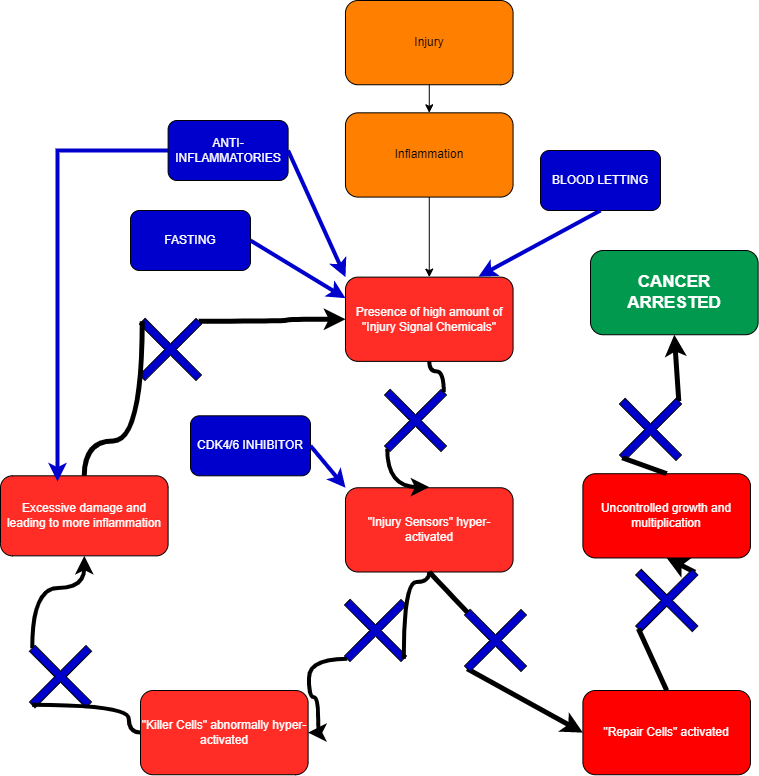
Important Note: The above mentioned protocol should NOT be undertaken by any one without medical supervision. Also, the above protocol hasn’t been tested in any clinical trial and there is no objective evidence that it works. However, given the current understanding of what really causes cancer, I firmly believe that this protocol should cure cancer and prevent future recurrences.
Final Notes
We are all biased to think that answers to complicated problems such as cancer lies in exploring complex mechanisms and complicated pathways. But depth often makes us lose the sense of larger picture. Cancer is not about one pathway going wrong, and can’t be treated by keeping the focus so narrow. Cancer is a result of wider systemic failure that impacts multiple pathways simultaneously.
The treatment protocol explained here might look too simple, as against the chemotherapy regimens currently prescribed. But, it aims at correcting the true cause of cancer. And the simplicity of this protocol is backed by strong scientific logic. I would like to end this article by quickly summarizing with few important points:
- Cancer is result of an un-ending cycle triggered by excessive levels of injury signal chemicals and over- reactive killer cells. The final cancer cells are just a result of this cancer loop.
- Killing cancer cells cannot cure cancer. Chemotherapies/radiotherapies that intend to cure cancer by killing cancer cells are extremely dangerous and many patients end up dying due to such therapies rather than cancer.
- Cancer can be cured only by breaking cancer loop and preventing generation of any such loop in future. Cancer loop can be broken using a combined approach that targets at reducing the levels of injury signal chemicals, reducing the production of these injury chemicals, calming the overactive killer cells and dampening the sensitivity of the over- active growth signal sensors. Thus cancer cure might be possible combining blood-letting, CDK4/6 inhibitor, anti-inflammatory drugs and active practice of regular fasting.
- Surgery must be resorted to cautiously, and should be undertaken only when complete resection of tumor is possible. Else, surgery itself can speed up cancer growth.
It’s important to quickly test this protocol using formal clinical trials, so that we can then formally treat patients with cancer successfully (if the trial proves efficacy).


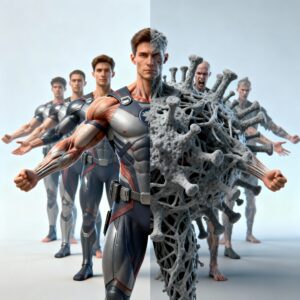
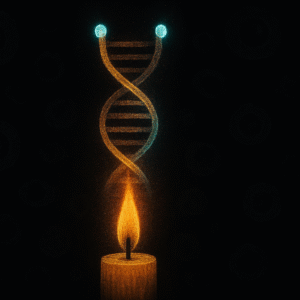
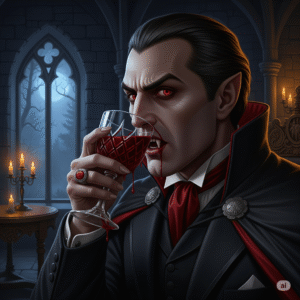
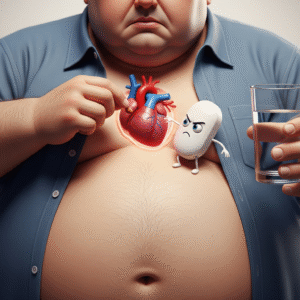
I really like reading and I conceive this website got some really useful stuff on it! .
I am glad that you liked my post!
I like this web blog so much, saved to favorites. “To hold a pen is to be at war.” by Francois Marie Arouet Voltaire.
Thank you, I have recently been looking for info about this topic for a long time and yours is the best I’ve discovered till now. However, what concerning the conclusion? Are you sure concerning the supply?
What supply are you referring to?
I have learn several just right stuff here. Definitely price bookmarking for revisiting. I surprise how a lot effort you put to make this sort of fantastic informative site.
You really make it seem so easy with your presentation but I find this matter to be really something that I think I would never understand. It seems too complex and extremely broad for me. I am looking forward for your next post, I will try to get the hang of it!
Thank you! I am glad that you liked my post.
Nice post. I learn something tougher on completely different blogs everyday. It would always be stimulating to learn content from other writers and follow a little bit something from their store. I’d prefer to make use of some with the content on my blog whether or not you don’t mind. Natually I’ll offer you a hyperlink on your internet blog. Thanks for sharing.
Thank you- I am really glad that you liked reading this post! Please feel free to use.
This design is incredible! You obviously know how to keep a reader entertained.
Between your wit and your videos, I was almost moved to start my
own blog (well, almost…HaHa!) Wonderful job. I really loved what you had to say, and more
than that, how you presented it. Too cool!
Your article helped me a lot, is there any more related content? Thanks!
Im obliged for the post.Really looking forward to read more. Great.
Your article gave me a lot of inspiration, I hope you can explain your point of view in more detail, because I have some doubts, thank you.
Your article gave me a lot of inspiration, I hope you can explain your point of view in more detail, because I have some doubts, thank you.